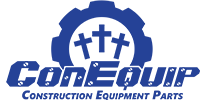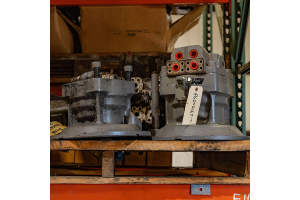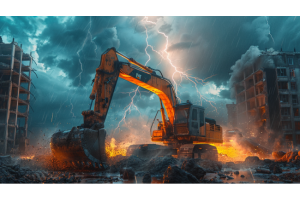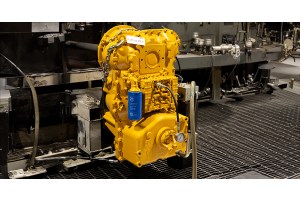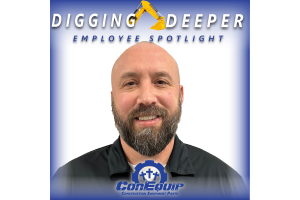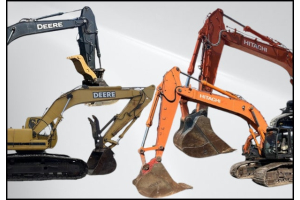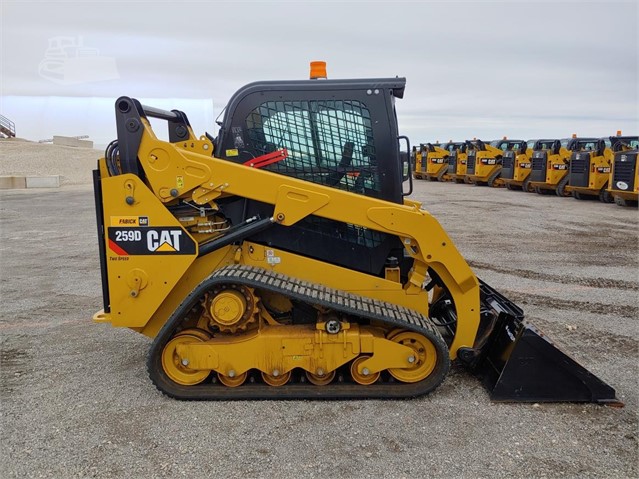
If you’re thinking about getting a skid steer or a compact track loader for your construction business but you’re not sure which machine is right for you, here is a look at skid steers and compact track loaders, their differences, advantages, and what they each bring to a job site.
Skid steers are the most versatile machines made.
The name "skid steer" comes from the way they turn. Because they do not have a front set of independent wheels that can guide the powered wheels at the back, one side of the machine's tracks will turn faster than the other side causing the machine to skid in order to perform the turn.
This allows the machine to perform much tighter turns. This makes a skid steer a great machine to use in areas like a landscaping, recycle yards, or construction site with a lot of obstacles.
A skid steer is a strong, compact machine that can move an impressive amount of dirt, rocks, debris, and scrap metal. They also come with a wide range of attachments making these machines virtually a must have in any construction company.
Often people call compact track loaders “skid steers”. Although they are similar in how they look and function, a compact track loader, or CTL as they are usually called, are not skid steers. The obvious difference is the added undercarraige.
If you are considering a skid steer or a CTL, you’ll need to know the operational differences between the two machines.
When you’re working on even, hard ground, skid steers with wheels are the best option.
CTLs are slower to move on a developed ground. Wheels also wear less on hard surfaces than tracks will. Tracked machines also need wear parts to be replaced a lot including bogie wheels, sprockets, and other components.
So why bother with a CTL you may be wondering? Advantages of a CTL include lower center of gravity providing a secure base and much lower ground pressure(typically around 3-6psi and with a wide track option – well, shut the front door). This allows CTLs to load and move large loads with better stability. A CTL will also crawl through unstable/uneven and muddy conditions much better than a skid steer.
They’re also easy to maneuver in less than perfect conditions. When you need to steer through narrow clearings between trees, for example, a CTL is the machine you want.
CTL’s can work on flat terrain without a problem, making CTLs good on any surface while skid steers struggle in rough terrain, if they can operate at all.
You can buy tracks to put over the tires of skid steer. This add-on will help your skid steer tackle most type of tough and muddy terrain it’s not usually suited for.
CTLs are also better for digging and dozing.
Cost of ownership:
When it comes to price, skid steers usually cost less than CTLs. Maintenance is usually a little less too however tires generally wear out faster on skid steers than undercarriage does on CTLs.
CTLs need more maintenance than skid steers do. When you own a CTL, you’ll spend a lot of time cleaning the undercarriage and checking track tension.
While you also need to clean the undercarriage of skid steers, this task is much easier and faster than cleaning underneath a CTL. Skid steers usually don’t get as dirty as CTLs because the machines typically work on clean, developed surfaces.
When it comes down to it, productivity is the most important factor. If you can’t afford both a skid steer and a CTL, which machine to invest in completely depends on the type of work you are doing, and in what types of conditions and on what type of terrain you are performing them.


